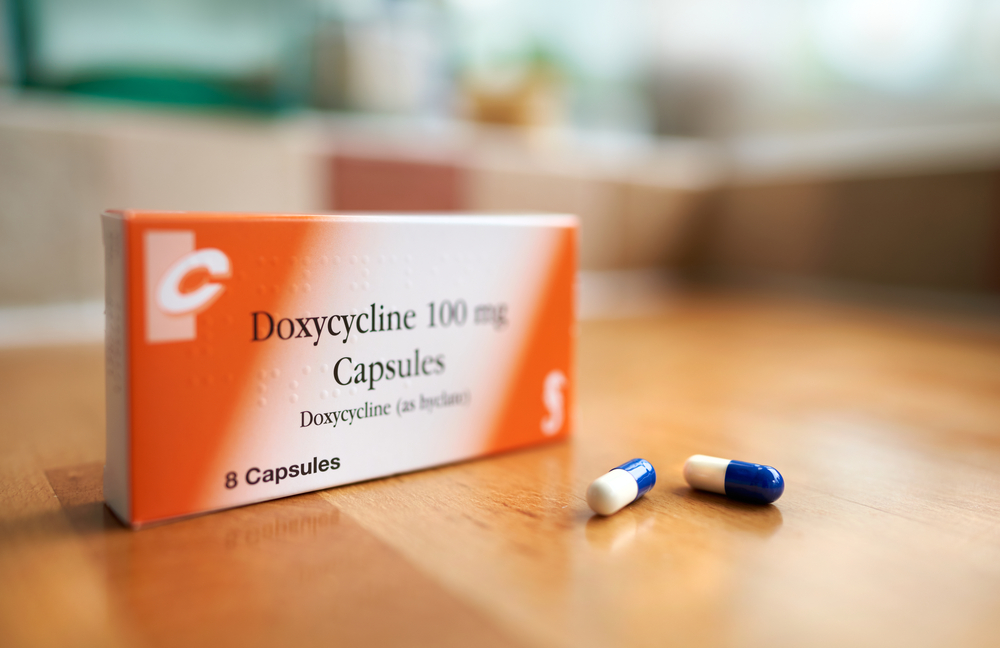Treatment
Doxycycline for Preventing Lyme Disease
Do you suspect you have been bitten by a tick? If so, visit your doctor right away. Their first order of business will be to prescribe treatment to prevent symptoms from developing. Given not every doctor will address illness the same, Project Lyme developed this resource to give patients the most up-to-date guidelines for using doxycycline as a prophylactic.


Treatment Guidelines
Doxycycline is not the only antibiotic in use for prophylactics, but it is the most commonly prescribed. According to outdated treatment guidelines, doctors are supposed to prescribe two 100mg doses of doxycycline a day. Is this, however, a sufficient dose to stop the possible spread of Lyme disease? According to the International Lyme and Associated Diseases Society (ILADS) treatment guidelines, the answer is no.
It is too early to test for Lyme disease in the first days following a tick bite, but during that time you still need to seek treatment to prevent an infection from developing. ILADS proposes the use of a prophylactic, which in this case will be an antibiotic. According to ILADS, treatment of borrelia should begin even before the first symptoms appear. This is due to the possible health effects of chronic Lyme disease.
Although it is possible the tick was not carrying bacteria or was not embedded long enough to transmit infection, it is still worth consulting your doctor for doxycycline as a precaution. If your doctor does not agree to give you the appropriate dosage, seek a Lyme specialist in your area. Remember that a rash only 30-40% of patients will get a rash, and it will only appear for a certain period of time after a bite so this is not a fail-proof indicator of infection.
Dosage and Timeline
According to ILADS, the dose of doxycycline should be 2 times higher than the standard dose. This means the total daily dosage should be 400 mg, with 200mg in the morning and 200mg in the evening for 4 weeks. Some specialists may recommend up to 6 weeks. You should also take a probiotic to counteract any GI-related side effects that may occur.
This preventative dosage is needed because the longer a bite goes untreated the more likely an infection occurs. Once infection sets in and continues to go untreated, the more difficult and longer treatment will become. In chronic Lyme disease, instead of taking one antibiotic, you may be required to be on a combination therapy where you are on several antibiotics at once until the symptoms disappear, plus a couple of months after symptoms subside. It is better to take one antibiotic for 21 to 28 days and prevent any illness than to take a handful for months or even years if the disease develops.
In summary, the recommended dose of doxycycline right after a tick bite, or with early localized infection, should be 400mg (2x200mg). Standard treatment should last at least 21 to 28 days.

